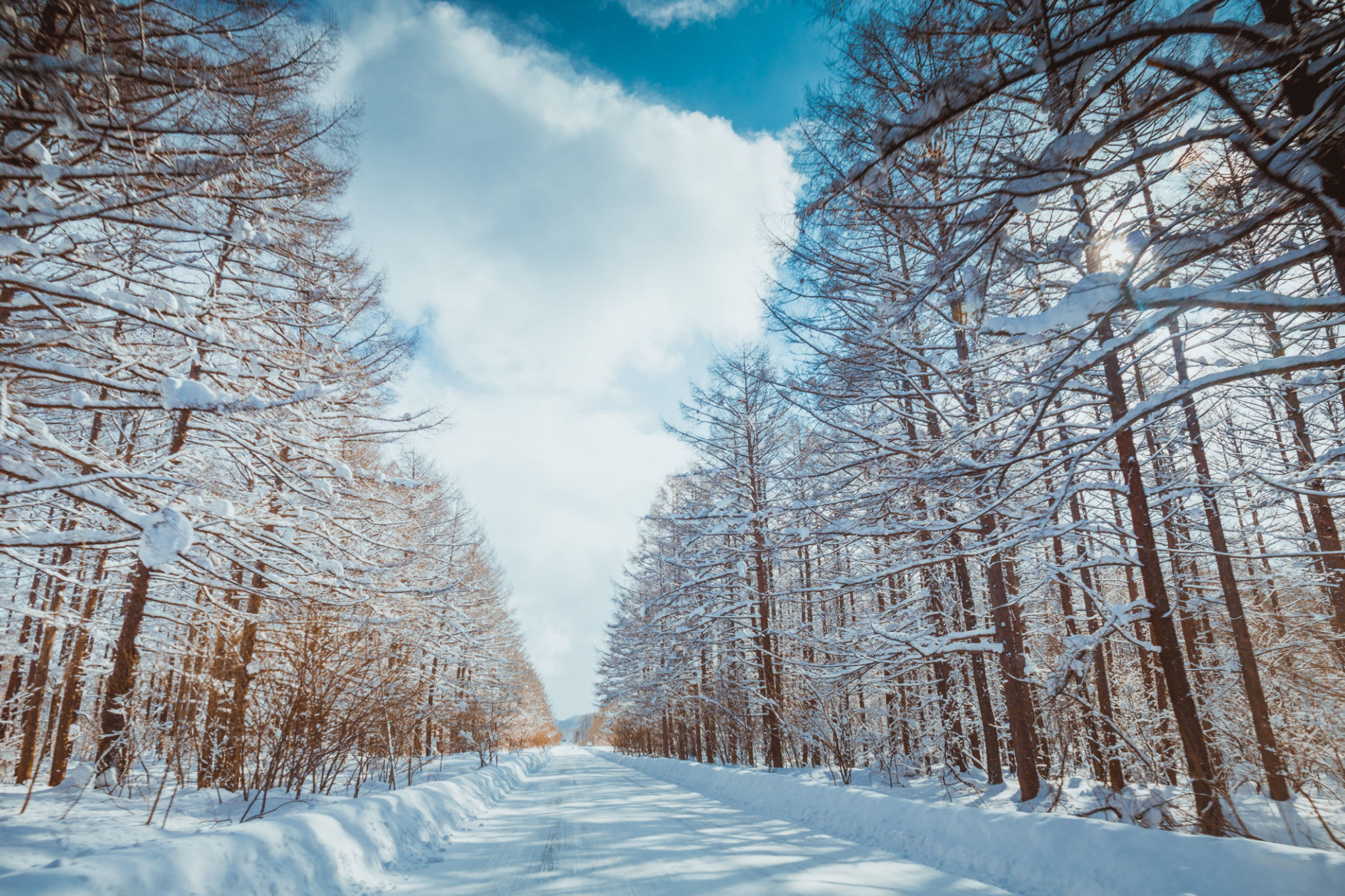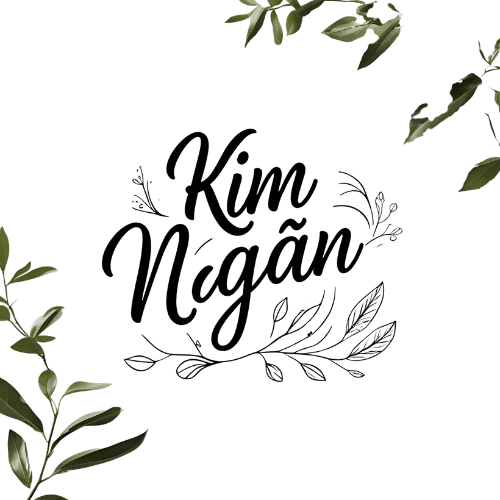🇯🇵 Hokkaido – Where Snow Falls Quietly and the Wild Still Breathes
🇯🇵 Hokkaido – Where Snow Falls Quietly and the Wild Still Breathes
Japan Travel Guide – By Region
In Hokkaido, winter is not a season—it’s a silence that speaks.
And in that silence, something ancient still lingers.
1. Overview & Highlights
Far from the neon heartbeat of Tokyo or the sacred stillness of Kyoto, Hokkaido offers a different rhythm altogether. Japan’s northernmost island is where the landscape breathes in vastness: snow-covered plains, wild mountains, steaming onsen in the middle of forests, and coastal towns shaped by wind and time.
Hokkaido is Japan for those who seek quiet grandeur and raw nature. In winter, powder snow blankets everything with a softness that absorbs noise. In summer, wildflowers bloom across highland meadows. Here, nature is not curated—it simply is, untouched and breathtaking.
Highlights:
– World-famous ski resorts in Niseko
– Drift ice floating on the Sea of Okhotsk in Abashiri
– Lavender fields in Furano
– Wildlife in Shiretoko Peninsula (UNESCO site)
– Onsen towns like Noboribetsu and Jozankei
– Sapporo Snow Festival – where frozen art comes alive
2. Culture & People
Hokkaido is home to a unique cultural blend—part Japanese frontier, part indigenous heritage. The Ainu people, Japan’s indigenous ethnic group, have lived in harmony with the forests and rivers of Hokkaido for centuries. Today, you can explore their traditions through music, crafts, and language in places like the Upopoy National Ainu Museum.
Compared to other regions of Japan, locals in Hokkaido often feel more laid-back—kind, humble, and closely connected to nature. There’s a quiet resilience in their way of life, shaped by harsh winters and the vastness of the land.

3. Must-Try Foods
Hokkaido is known as Japan’s pantry—blessed with fertile lands, rich seas, and pristine air.
Soup curry – a flavorful, spicy broth loaded with seasonal vegetables
Jingisukan (grilled lamb BBQ) – a local specialty with roots in Mongolian culture
Hokkaido ramen – especially miso ramen from Sapporo
Seafood donburi – fresh uni (sea urchin), ikura (salmon roe), crab, and scallops over rice
Soft-serve ice cream & dairy – Hokkaido milk is famous for a reason
Every meal here tastes honest—simple, rich, and deeply satisfying.
4. Travel Tips
Best time to visit:
Winter (Dec–Feb) for snow & festivals
Summer (June–August) for hiking, wildflowers, and mild weather
Getting there:
Fly into New Chitose Airport (CTS) near Sapporo
Getting around:
Rent a car for flexibility, especially outside cities
Language:
English is less commonly spoken in rural areas—download a translation app
Cash vs. card:
Bring cash for small towns and local eateries
Weather tip:
Winter can reach -15°C or lower—layer properly and prepare for icy roads
5. Recommended Clothing
Winter: Thermal base layers, snow boots, down jacket, gloves, hat, and hand warmers
Summer: Light layers, windbreaker for cool evenings, hiking shoes for national parks
Don’t forget a swimsuit for the onsen—most are nude-only, but a few allow swimwear
6. Best Photo Spots
Biei’s Blue Pond – a surreal turquoise pool surrounded by ghostly trees
Furano Lavender Fields – vibrant purple fields with mountain backdrops (July)
Otaru Canal – softly lit with gas lamps in the snow
Shiretoko Five Lakes – reflective waters framed by untouched forest
Mount Asahidake – a volcano surrounded by alpine flowers and clouds
6.1. Must-Visit Places & Experiences
Sapporo – lively winter city, home of the famous Snow Festival
Niseko – world-class powder snow for skiing & snowboarding
Otaru – charming port town with glass workshops and canal views
Shiretoko National Park – for wildlife lovers and slow treks
Furano & Biei – flower fields, rolling hills, and quiet countryside cafes
Lake Toya – serene caldera lake with hot springs
Noboribetsu – volcanic onsen town with “hell valley” (Jigokudani)
Akan-Mashu National Park – crystal-clear lakes and Ainu culture
7. Suggested Itinerary (5–7 Days)
Day 1–2: Arrive in Sapporo – explore Odori Park, Susukino, Sapporo Beer Museum
Day 3: Day trip to Otaru – stroll along the canal and enjoy seafood
Day 4: Travel to Furano/Biei – enjoy the countryside, lavender (summer), or snow (winter)
Day 5–6: Shiretoko or Akan for nature, wildlife, and onsen
Day 7: Return to Sapporo for final shopping and food crawl
Optional: Extend your stay in Niseko for skiing or in Noboribetsu for onsen healing
8. FAQs & Sample Costs
Is Hokkaido expensive?
Not more than Tokyo or Kyoto. Car rentals and rural lodging are affordable if planned ahead.
How cold is Hokkaido in winter?
It can drop below -10°C. The snow is dry and powdery—perfect for skiing.
Is Hokkaido safe for solo travelers?
Absolutely. Just check weather conditions and stay connected in remote areas.
Estimated daily budget:
– Budget: $60–90/day (hostels, local food, train/bus)
– Mid-range: $100–150/day (ryokan, rental car, onsen visits)
– Luxury: $200+/day (ski resorts, private onsens, fine dining)
Hokkaido is not just a place—it’s a pause.
A quiet held between snowfall and still mountains.
It’s where you slow down not by choice, but by awe.
Where modern life steps back, and the wilderness leans in.
If Japan feels like a whisper, then Hokkaido is the moment you finally hear it.
Thank You for Traveling with Me
Thank you for joining this quiet journey to Hokkaido.
If you’re dreaming of places where the world feels big again and your heart feels small in the best way—this is where you begin.
👉 You can continue exploring other Japanese regions in the Japan Travel Guide – By Region series.
Until the next quiet journey,
Kim Ngân – storyteller & slow traveler
